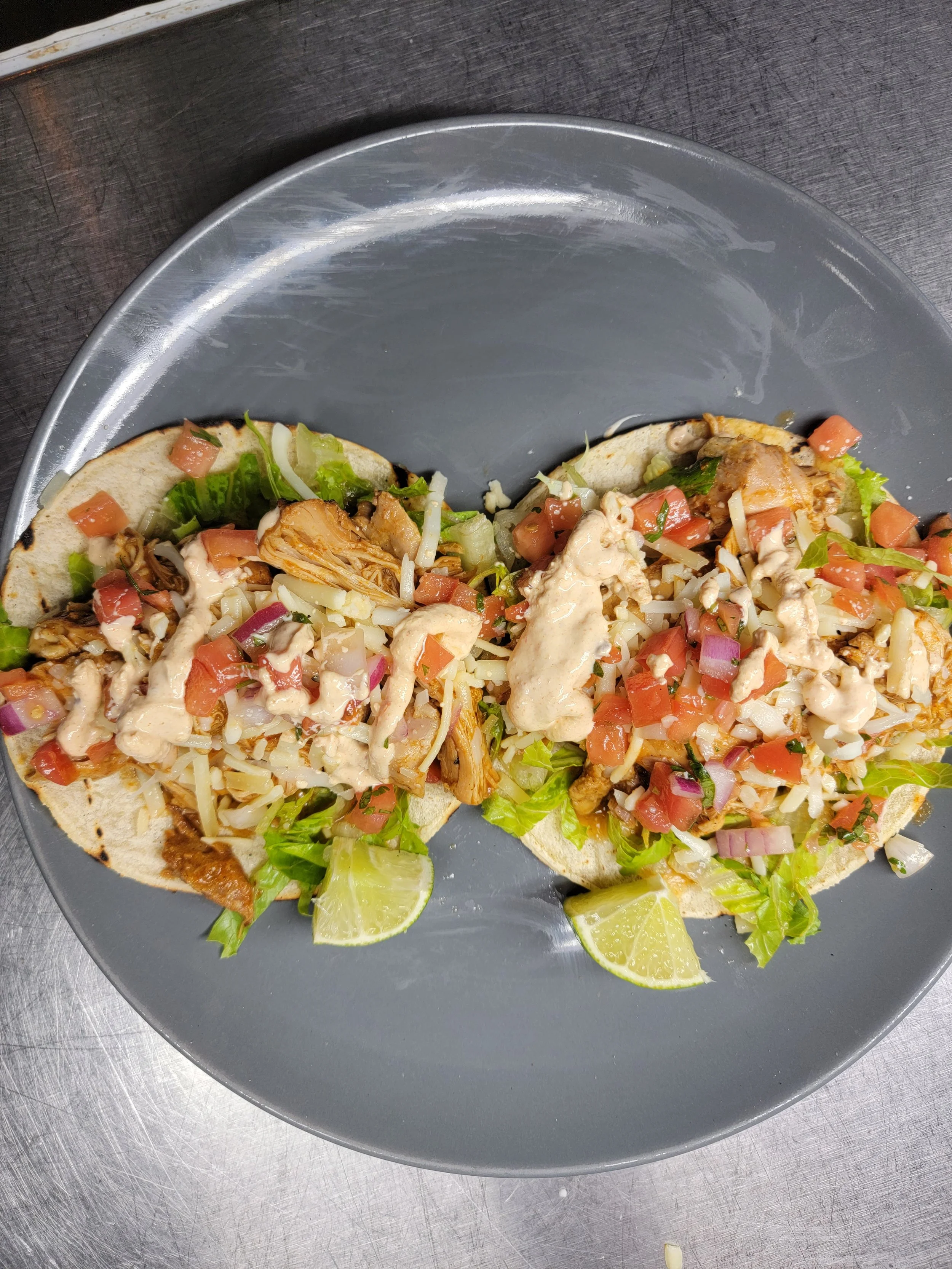How to cook pinto beans
Introduction
Pinto beans, with their delightful speckled appearance and rich, nutty flavor, have been a staple in the culinary world for centuries. From the ancient civilizations of the Americas to contemporary kitchens worldwide, pinto beans have earned their place as a versatile and nutritious ingredient. In this article, we will delve into the art of cooking pinto beans and explore the various ways they have influenced cuisines across different cultures.
A Brief History of Pinto Beans
The history of pinto beans can be traced back to the pre-Columbian era when they were cultivated by Native American tribes in what is now known as Mexico and Peru. These hardy legumes thrived in diverse climates, making them an essential crop for sustaining ancient civilizations.
With European exploration came the introduction of pinto beans to other parts of the world. Their adaptability and nutritional value quickly garnered attention among explorers and settlers alike.
The Importance of Pinto Beans in Various Cuisines
Pinto beans have become integral to numerous cuisines around the globe due to both their taste and nutritional benefits. In Mexican cuisine, they play a starring role in dishes such as refried beans, chilies, stews, and traditional bean burritos. These flavorful legumes provide a hearty base while adding depth and texture to these dishes.
Beyond Mexican cuisine, pinto beans are also celebrated in Southwestern American cuisine where they are often paired with ingredients like corn or chilies. Additionally, pinto beans find their way into Caribbean recipes such as rice and peas or mixed into vibrant salads alongside tropical fruits.
Their popularity extends beyond just Latin American influences; pinto beans have been embraced by cultures worldwide due to their versatility. They lend themselves beautifully to soups, casseroles, spreads like hummus or bean dips – there are virtually endless possibilities when it comes to incorporating pinto beans into diverse culinary creations.
Pinto beans have a rich history and hold significant importance in various cuisines. Their versatility, flavor, and nutritional value make them a beloved ingredient in countless traditional and contemporary dishes around the world.
By exploring different cooking methods and flavor combinations, we can unlock the full potential of these remarkable legumes in our own kitchens. So let's embark on a journey to discover the art of cooking pinto beans and enhance our culinary repertoire.
Overview of Cooking Pinto Beans
Soaking the beans
One crucial step in preparing pinto beans is soaking them before cooking. Soaking helps to soften the beans and reduce their cooking time significantly.
Additionally, it aids in removing phytic acid, which can inhibit nutrient absorption. Soaking is particularly essential for dried pinto beans as they tend to have a tougher texture compared to canned ones.
There are two primary methods of soaking pinto beans: the overnight method and the quick soak method. The overnight method involves placing the beans in a bowl, covering them with water, and allowing them to soak for at least 8 hours or overnight.
The quick soak method involves bringing the beans and water to a rapid boil for 2 minutes and then letting them sit off the heat for an hour. Whichever method you choose, ensure that you use enough water to fully cover the dried beans.
Cooking methods
Once you have soaked your pinto beans, there are various cooking methods available to transform them into a delicious dish. Stovetop cooking: Stovetop cooking is a classic way of preparing pinto beans. To cook on the stovetop, drain and rinse your soaked beans before placing them in a large pot with fresh water.
For every cup of soaked pinto beans, use approximately three cups of water. Bring the mixture to a boil over high heat, then reduce it to low and let it simmer uncovered for about 1-2 hours or until tender.
Remember to skim off any foam that forms during cooking. For optimal texture and flavor, consider adding aromatics such as chopped onions, garlic cloves, bay leaves, or even a diced jalapeno pepper during the last half-hour of cooking.
Pressure cooking: Pressure cooking is another fantastic option when it comes to cooking pinto beans. The benefits of pressure cooking include shorter cooking times and the ability to retain more nutrients.
To pressure cook pinto beans, drain and rinse the soaked beans before transferring them to the pressure cooker. Add enough water to cover the beans by about an inch.
Follow your pressure cooker's instructions for achieving high pressure, then cook the pinto beans for approximately 20-25 minutes on high pressure. Once cooked, allow the pressure to release naturally before opening the lid.
This method ensures that your pinto beans are tender and ready to be enjoyed in a fraction of the time compared to stovetop cooking. Both stovetop and pressure cooking methods have their nuances, but with practice and attention, you can achieve perfectly cooked pinto beans that are bursting with flavor and offer delightful texture.
Remember that these methods can be adjusted based on personal preferences, such as desired tenderness or flavor intensity. Experimenting with different water-to-bean ratios or varying spices can help you find your perfect recipe for cooking delicious pinto beans.
Flavoring Pinto BeansBasic seasoning options:
Pinto beans are a versatile ingredient that lends itself well to various flavor profiles. When it comes to basic seasonings, salt and pepper are the foundation for enhancing the natural taste of pinto beans.
A pinch of salt helps to bring out the flavors, while freshly ground black pepper adds a subtle hint of spiciness. These simple seasonings complement the earthy notes of the beans without overpowering them. Garlic and onion:
To elevate the flavor profile of your pinto beans, adding garlic and onion is an excellent choice. The sweet aroma and depth of flavor from sautéed onions create a savory base for your dish.
Meanwhile, minced or roasted garlic infuses a rich essence that complements the nuttiness of pinto beans beautifully. Whether you choose to finely chop them or blend them into a paste, these ingredients will add complexity and depth to your bean preparation. Enhancing flavors with spices and herbs:
Spices and herbs can transform ordinary pinto beans into an extraordinary culinary experience. For a touch of smokiness, cumin pairs remarkably well with pinto beans. It imparts an earthy warmth that complements their natural taste.
Additionally, paprika adds subtle sweetness and a mild peppery flavor profile. Chili powder can be used sparingly if you desire some heat in your dish.
When it comes to herbs, oregano brings a delightful Mediterranean essence to pinto beans while adding hints of freshness and bitterness in balance. Bay leaves lend their aromatic charm during slow cooking methods like stovetop simmering or pressure cooking.
Pairing Pinto Beans with Other IngredientsTraditional pairings in Mexican cuisine:
In Mexican cuisine, pinto beans are frequently paired with timeless accompaniments that enhance their flavors. One classic combination is serving pinto beans alongside fluffy rice, which creates a harmonious blend of textures and tastes. Another staple pairing is warm tortillas, which provide a sturdy vessel for scooping up the creamy goodness of pinto beans.
Completing the traditional trio is salsa, adding a tangy burst of flavor that cuts through the richness. For additional freshness and brightness, avocados make an excellent complement to pinto beans in Mexican-inspired dishes.
The creamy texture and mild taste of avocados perfectly balance the heartiness of the beans. Sprinkling freshly chopped cilantro leaves and squeezing some lime juice on top adds a zesty finish that brings all the elements together. Creative combinations from other cuisines:
Pinto beans have made their way into various global cuisines, inspiring creative pairings beyond traditional boundaries. Consider using cooked or mashed pinto beans to create flavorful bean burgers or patties.
These can be seasoned with your favorite spices like cumin, paprika, garlic powder, and onion powder for added depth. If you prefer something lighter yet still satisfying, creating a vibrant pinto bean salad with fresh vegetables is an excellent choice.
Combine diced bell peppers, cherry tomatoes, red onions, and corn with cooked pinto beans for colorful bursts of crunch and natural sweetness. Drizzle with a tangy vinaigrette dressing to tie all the ingredients together for a refreshing salad bursting with flavors.
Nutritional Benefits of Pinto BeansHigh fiber content:
Pinto beans are not only delicious but also pack an impressive nutritional punch. They are particularly rich in dietary fiber—both soluble and insoluble—which aids in promoting healthy digestion and maintaining bowel regularity. Consuming foods high in fiber can also contribute to weight management and support heart health. Rich source of protein:
Another notable benefit of pinto beans is their high protein content. They are an excellent plant-based protein source, making them a valuable addition to vegetarian or vegan diets. Protein is essential for building and repairing tissues, supporting immune function, and providing lasting energy. Essential vitamins and minerals:
Pinto beans offer a range of essential vitamins and minerals necessary for maintaining overall health. They are particularly abundant in folate (vitamin B9), which plays a crucial role in the production of new cells and supports brain function. Pinto beans also provide iron, magnesium, potassium, zinc, and vitamin C—all vital for various bodily functions such as energy production and immune support.
Lesser-known Facts about Pinto BeansOriginating from Peru:
Pinto beans have a rich history that dates back thousands of years. Originating from Peru, they were cultivated by ancient civilizations in the region before spreading throughout the Americas. This humble legume played a significant role in the diet of indigenous peoples long before becoming widely popular worldwide. Varieties of pinto beans:
While pinto beans may appear quite uniform with their dappled beige appearance, there are actually different varieties available. The most common type is called "Mexican pinto" or "common" pinto bean, but there are other regional variations as well. These variations can range in size, texture, flavor profile, and cooking time. Role in Native American cultures:
Pinto beans hold cultural significance among Native American communities where they were traditionally grown and consumed. These legumes played an integral part in sustaining tribes across the Americas with their nutritional value as well as symbolizing prosperity and abundance in many indigenous cultures.
Conclusion
Pinto beans are a versatile legume that offers not only a delightful culinary experience but also an array of nutritional benefits. With their earthy flavor and creamy texture, they can be enhanced with basic seasonings such as salt, pepper, garlic, and onion.
By incorporating spices like cumin, paprika, chili powder, and herbs like oregano and bay leaves, you can elevate the flavor profile of pinto beans to new heights. Pairing pinto beans with traditional accompaniments like rice, tortillas, salsa, avocados, cilantro, and lime imparts a delightful fusion of flavors rooted in Mexican cuisine.
However, the versatility of pinto beans extends beyond cultural boundaries. Creative combinations such as bean burgers or refreshing salads open up new possibilities for culinary exploration.
Furthermore, the nutritional benefits offered by pinto beans cannot be overlooked. Their high fiber content promotes healthy digestion while being an excellent source of plant-based protein.
Packed with essential vitamins and minerals including folate and iron among others, these humble legumes provide nourishment that supports overall well-being. As we delve into the lesser-known facts about pinto beans—originating from Peru and playing a vital role in Native American cultures—we come to appreciate the rich history behind this remarkable ingredient.
So why not embrace the world of flavors that pinto beans have to offer? From savory stews to zesty salads or even innovative uses like bean burgers—they are sure to delight your taste buds while nourishing your body with wholesome goodness.































